How Do Planes Fly?
Planes are able to fly by generating lift through the wings and producing thrust from the engines. The faster the airflow over the wing, the more lift that is generated. This is why aircraft must accelerate to a certain speed during take-off (typically 120 – 150 mph) before they are able to lift off the ground. Therefore, it is both the wings and the engines which allow the aircraft to fly.
The Four Forces of Flight
There are four forces involved in the physics of flight. These are lift, drag, thrust and weight. In order for an aircraft to fly, thrust must be more than drag and lift must be more than weight.
The four forces of flight
Engine Thrust
The engines are used to push the aircraft forwards and to do this, they must overcome the friction or ‘drag’ of the aircraft moving through the air. Generally speaking, the bigger the aircraft, the more drag it will produce and therefore the more thrust it needs to move it forwards (and therefore the bigger the engines needed). If you’ve ever put your hand of the window of a fast-moving car and felt the force required to keep your hand there, you will have felt drag in action. There are various types of drag and these vary with speed. Aircraft are designed to be as aerodynamically efficient as possible in order to minimise drag as the more thrust that is needed to move the aircraft forwards, the higher the fuel flow and thus the higher the cost of operating the aircraft.
Aircraft Lift
Lift is a force which pulls the aircraft upwards to counteract the aircraft’s weight. The amount of lift generated by a wing depends on the following variables:
- The speed of airflow over the wing (i.e. how fast the aeroplane is flying – faster = more lift)
- The size and shape of the wing
- The angle of attack of the wing (the angle of the axis of the wing versus the oncoming airflow)
- The density of the air
Out of these variables, the pilots are able to control the speed of the aircraft, the size and shape of the wing through the use of flaps & slats and the angle of attack.
During take-off and landing, the pilots use flaps and slats to make the wing bigger and more curved which in turn produces more lift. This is essential to ensure the aircraft produces enough lift when flying at slow speeds such as in the take-off and landing phases of flight.
The heavier the plane, the more the lift that is needed to keep the aircraft flying. The same aircraft might not weigh the same on different flights as the weight varies with the amount of fuel uplifted and the number of passengers onboard. Therefore, the take-off and landing speeds differ for each flight.
How is Lift Produced?
The wing of an aircraft is slightly more curved on the top surface when compared to the flatter bottom surface. Some of the air that approaches the aircraft’s wing flows over the top surface whilst some moves around the bottom. The air travelling over the top of the wing’s surface has to travel slightly further because of the rounder ‘camber’ of the wing. However, despite the air over the top of the wing having to travel further, the air that went around the top and bottom of the wing takes the same amount of time to travel over the wing. This means that the air following over the top of the wing must be flowing faster than the air going around the bottom. This difference in speed creates a difference in pressure, with lower pressure air forming on top of the wing. It is this lower pressure air which results in lift, basically sucking the aircraft into the sky. The faster the aircraft is going, the greater the pressure difference and therefore the more lift produced.
How a wing produces lift
What happens if a wing falls off?
If an aircraft wing fell off, the plane would fall out the sky very rapidly. The aircraft would no longer produce enough lift to counteract the aircraft’s weight and it would therefore stop flying.
What happens if the plane’s engines stop working?
If one engine fails on a two- engine aircraft, it is not a significant problem as the remaining engine is capable of producing enough thrust to keep the aircraft flying and ensuring a safe landing. If all the engines fail, unlike a failure of the wings, the aircraft can still keep flying rather than falling out the sky. This is because the pilots are able to convert the aircraft’s altitude (or height) into speed by descending at a steady rate in order to ensure the wing continues to produce enough lift to keep the aircraft flying. We written an extensive article explaining engine failures in more detail.
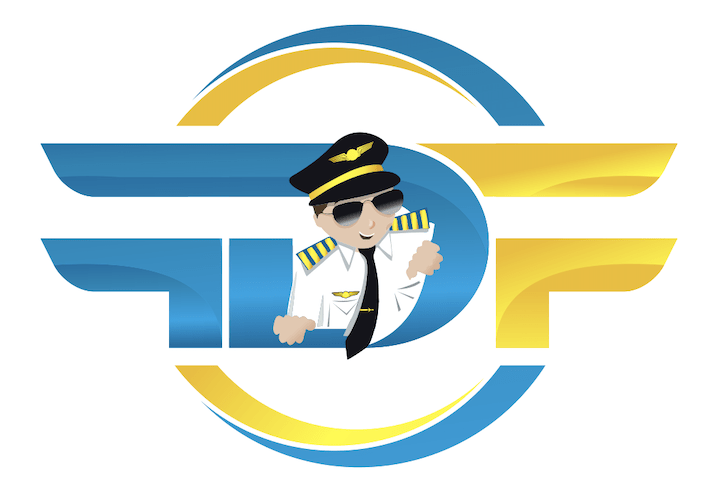

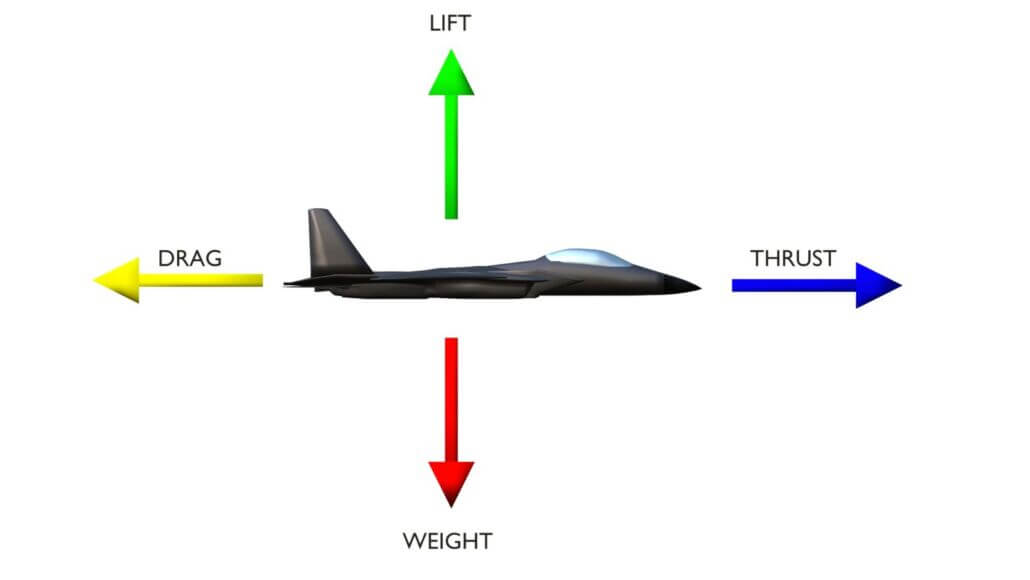
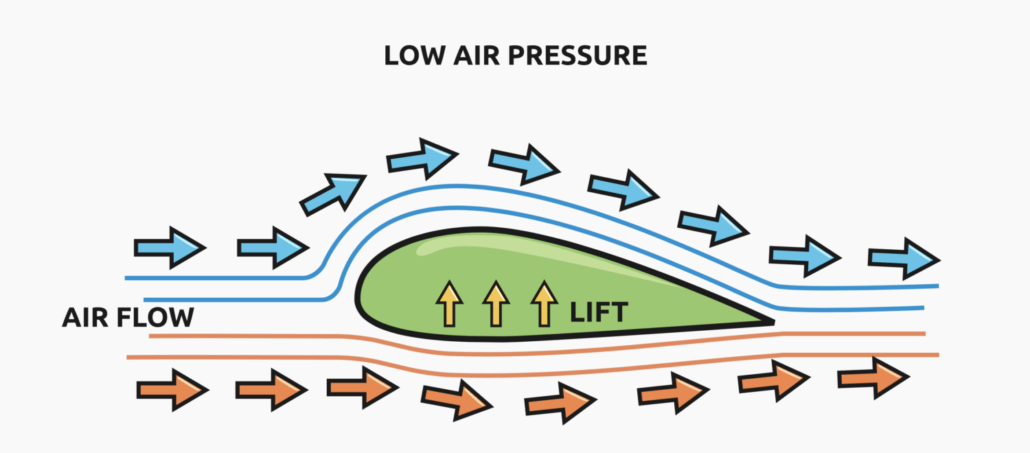
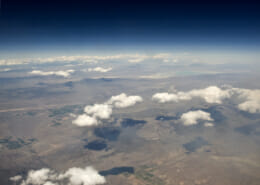
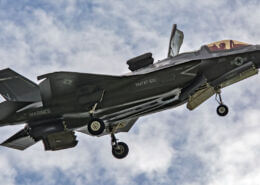
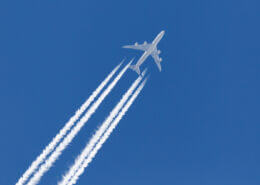 Shutter Sock
Shutter Sock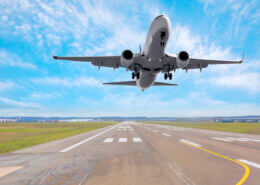 Shutter Stock
Shutter Stock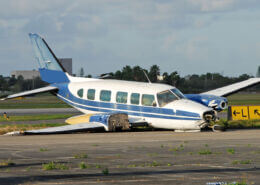
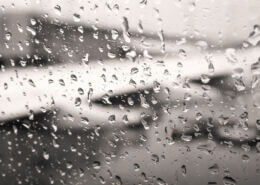
 Shutter Stock
Shutter Stock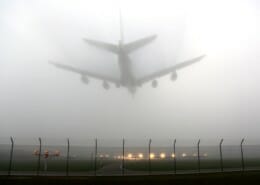 Shutter Stock
Shutter Stock